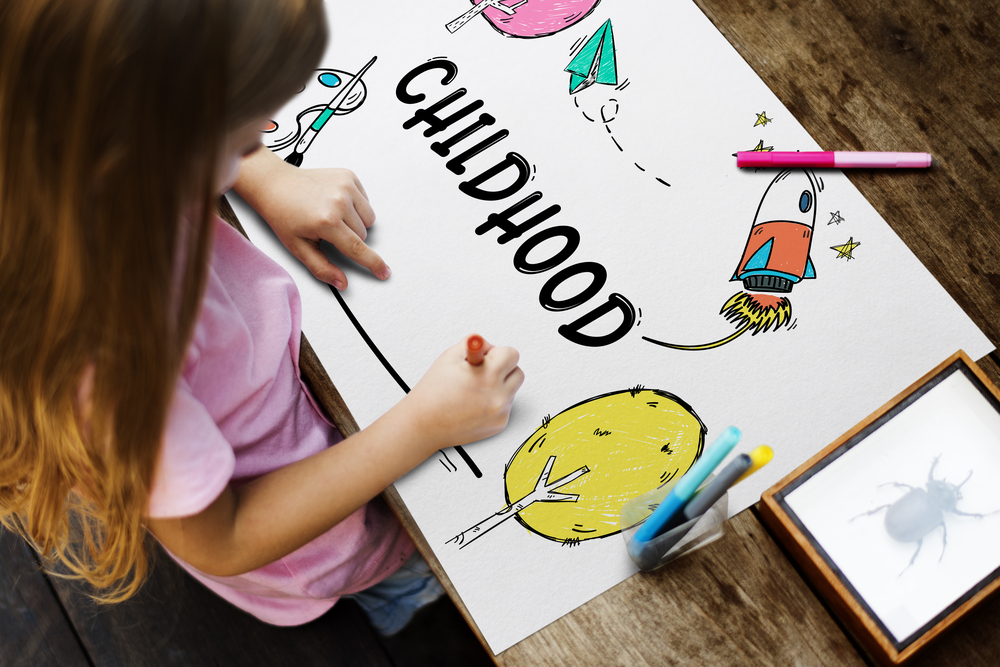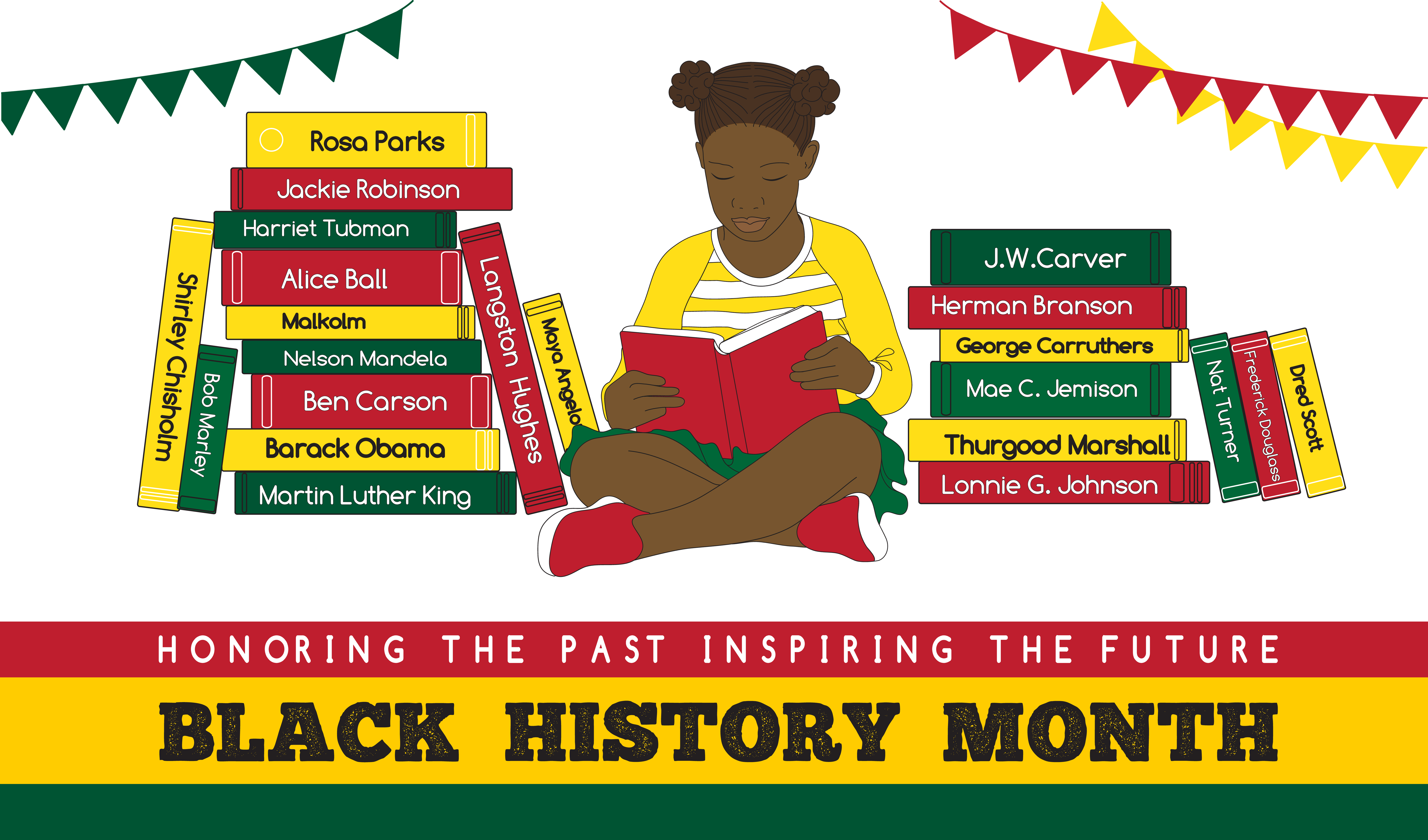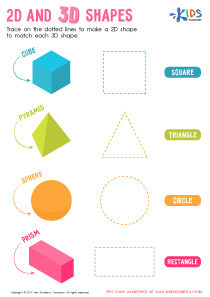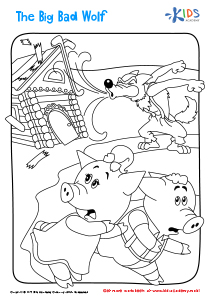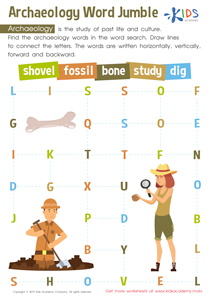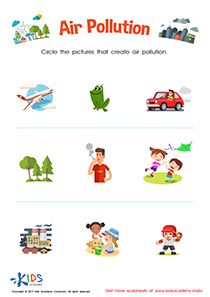Extra Challenge Connecting the Dots worksheets activities for 8-Year-Olds
2 filtered results
-
From - To
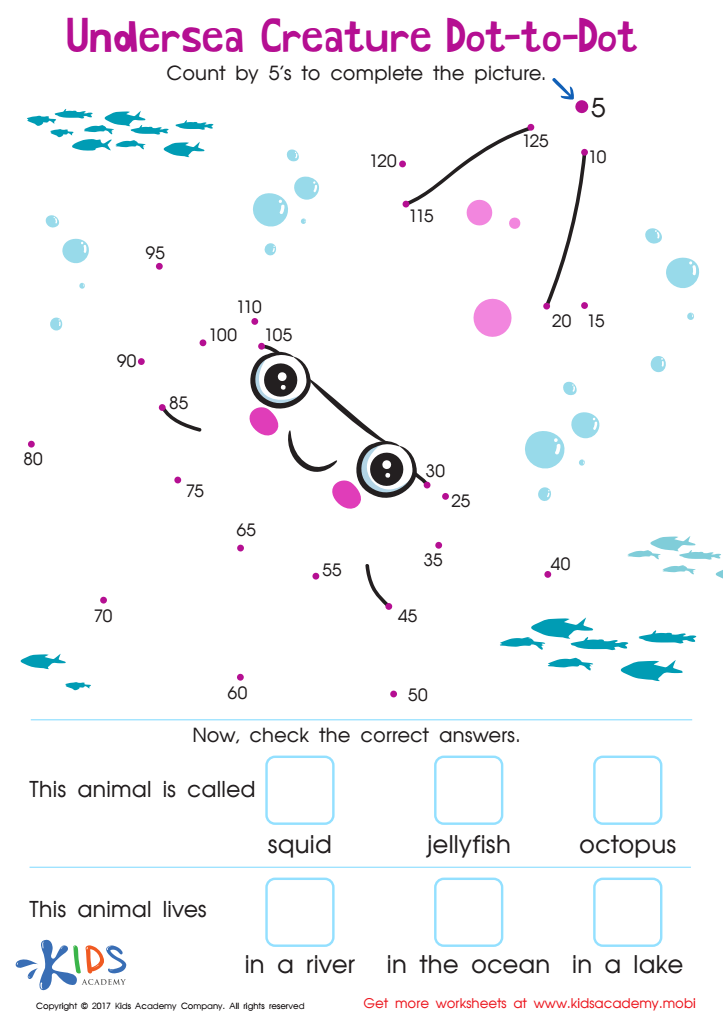

Undersea: Dot To Dot Worksheet
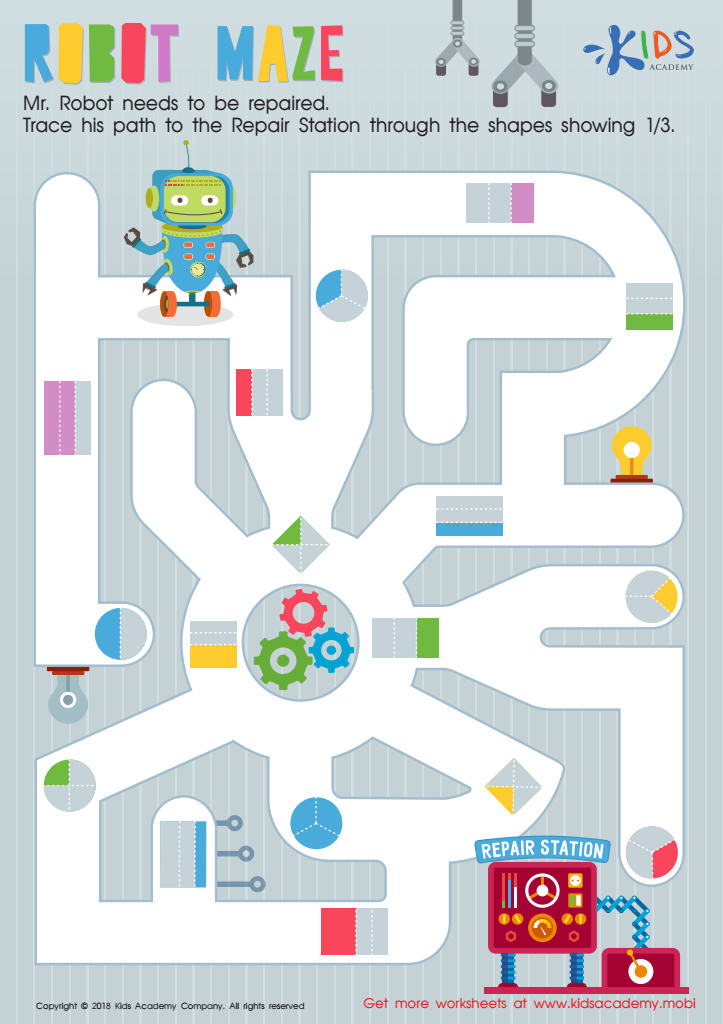

Robot Maze Worksheet
Extra Challenge Connecting the Dots worksheets activities offer an innovative and engaging approach to learning that benefits students in a variety of ways. These activities are not just about connecting numbers or letters on a page; they are intricately designed to foster critical thinking, enhance fine motor skills, and improve concentration among learners. By incorporating Extra Challenge Connecting the Dots worksheets into the educational curriculum, teachers and parents can provide an enriching learning experience that goes beyond traditional teaching methods.
First and foremost, these worksheets serve as an excellent tool for reinforcing number and letter recognition. As students connect the dots following a numerical or alphabetical sequence, they inadvertently practice and solidify their understanding of the order of numbers and letters. This foundational skill is crucial for young learners as it lays the groundwork for more complex mathematical concepts and literacy skills.
Moreover, Extra Challenge Connecting the Dots worksheets are designed to push students a bit further. By presenting more complex patterns and sequences, these activities encourage learners to think critically and apply problem-solving strategies. This aspect of challenge not only makes the learning process more engaging but also helps in developing perseverance and resilience in the face of challenging tasks.
In addition to cognitive benefits, these worksheets have a significant impact on the development of fine motor skills. The action of drawing lines from one dot to another with precision requires control and coordination of small muscles in the hands and fingers. This practice is essential for young learners as it supports the development of handwriting and other fine motor activities.
Furthermore, Extra Challenge Connecting the Dots worksheets activities are wonderfully versatile and can be adapted to suit various age groups and learning levels. Whether used in the classroom or at home, these activities offer a fun and interactive way to learn, making them a valuable resource for educators and parents alike.
In conclusion, Extra Challenge Connecting the Dots worksheets not only make learning fun but also support key developmental areas. By integrating these activities into educational practices, we can enrich the learning experience for students, paving the way for a more comprehensive and well-rounded education.
 Assign to the classroom
Assign to the classroom



